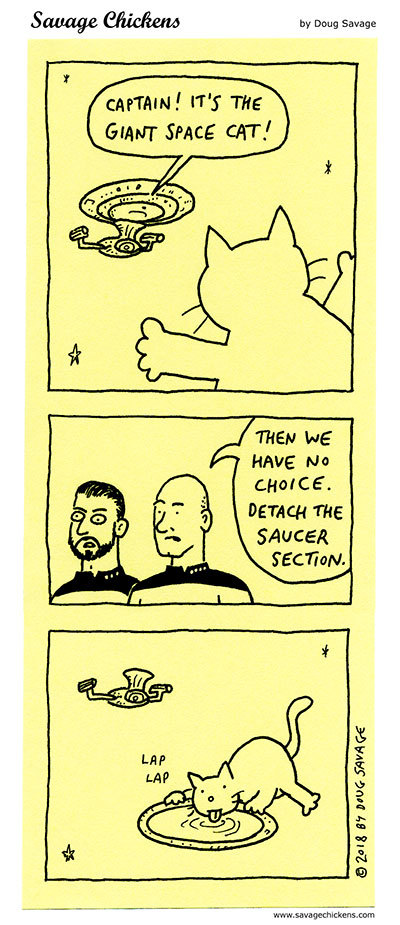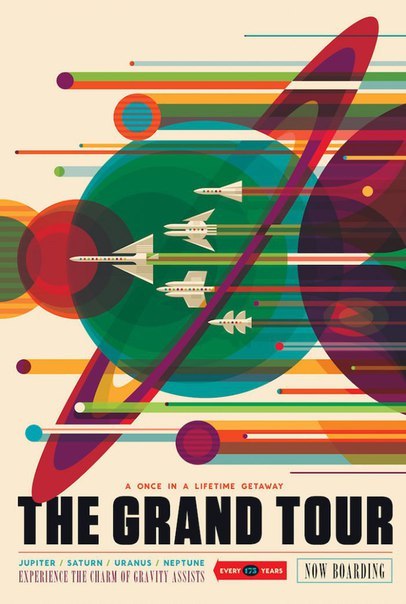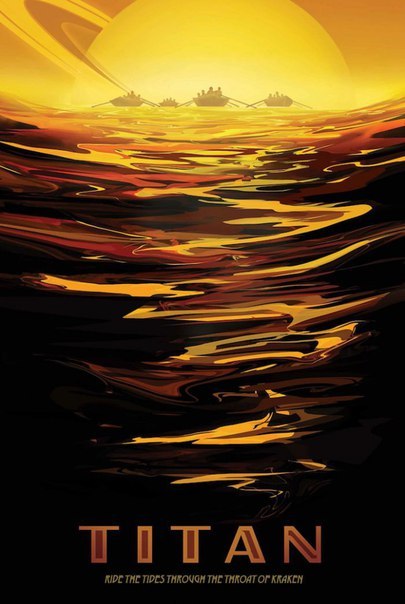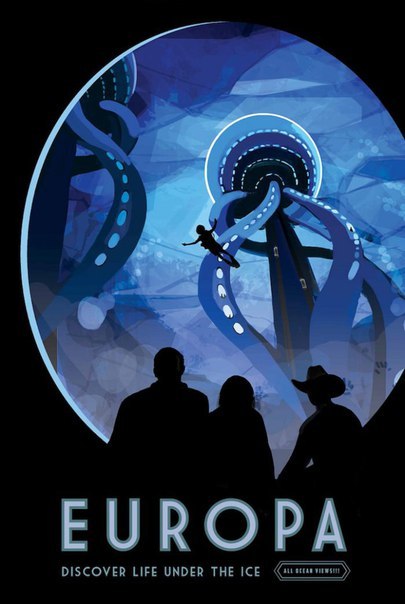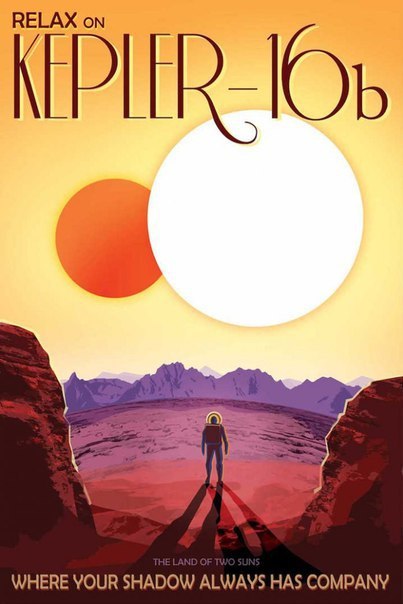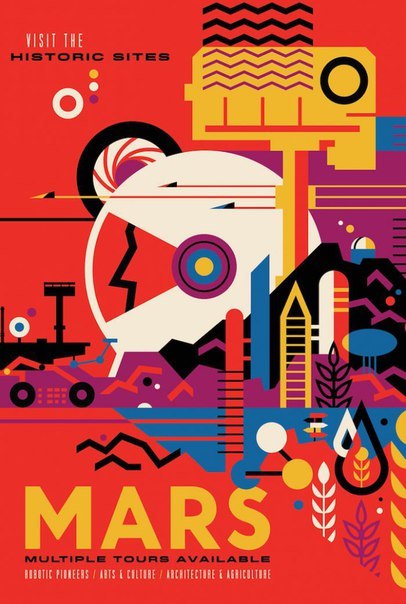Text
archaeological dig things
So i just got back from my very first dig with my uni and these were some notable moments:
The lecturer gave the introduction briefing while drinking a beer
“We have two rules in archaeology, the first is dON’T DIE”
“Whoever has the best selfie with Gary the Goat at the end of each week gets a free chocolate bar”
Lab Supervisor: “I don’t do as much licking these days”
*quietly singing macklemore’s thrift shop at 10pm on the campsite*
Supervisor, suggestively: “no one will ever touch that dirt the same way you have. You have a very intimate relationship with that dirt”
Lecturer: “Can we name the trenches after teenage mutant ninja turtles?”
Student to Lecturer: “Do you need a hand?”
Lecturer to Student: “No, I need a brain”
Supervisor: “Trench D will now be known as the Shit Pit”
Particular student working the Shit Pit is known as the ‘Poo Princess’
Archaeologist pick up lines, eg. “Are you a munsell chart? Because I wanna do you outside”
Zinc warpaint
Trench games
“Anyone caught stealing pencils will be fed to Gary the Goat!”
“Wanna come see my hole?”
A whole list of people banned from writing in lowercase because the supervisor can’t read their writing (I’m on that list)
#scrotum tree
Replacing “CLEAR UP YOUR LOOSE” with “BRING OUT YER DEAD!” followed by banging shovels together
Forming a cult
“Listen to your Cult Mother! You’re being an isosceles!”
Playing Horrible Histories and Disney songs while scrubbing finds
Lab Supervisor: “Wait, let the Trench Demons get their equipment”
Lecturer in Week 3: “Why aren’t (the trenches) named after teletubbies?”
Student 1 (brushing glass): “Hey, glass me”
Student 2 (brushing bone): “Hey, bone me”
“Brush me like one of your french shells”
One of the supervisors is named ‘Trench Daddy’ in the group chat
4K notes
·
View notes
Text
Total breakdown in the brain
A stroke is just one example of a condition when communication between nerve cells breaks down. Micro-failures in brain functioning also occur in conditions such as depression and dementia. In most cases, the lost capacity will return after a while. However, consequential damage will often remain so that the functional capability can only be restored through lengthy treatment — if at all. For this reason, researchers at Friedrich-Alexander-Universität Erlangen-Nürnberg (FAU) have been investigating what happens during such breakdown phases and looking at possible ways of preventing damage and speeding up the healing processes. Their findings have been recently published in the eminent journal Scientific Reports.

(Image caption: Nerve cell networks visualised using high-speed fluorescent microscopy and then reconstructed with the software developed by Wrosch and her team. Credit: FAU/Jana Wrosch)
The research team headed by Jana Wrosch of FAU’s Chair of Psychiatry and Psychotherapy found that significant alterations occurred in neural cells while the communication pathways were blocked. Neuron networks reconnect during such periods of inactivity and become hypersensitive. If we imagine that normal communication pathways are motorways, when they are blocked a form of traffic chaos occurs in the brain whereby information is re-routed in disorganised form along what can be called side streets and minor routes. Additional synapses are generated everywhere and begin operating. When the signal is reinstated, the previously coordinated information routes no longer exist and, as in the case of a child, the appropriate functions need to be learned from scratch. Since they are receiving no normal signals during the phase of brain malfunction, the nerve cells also become more sensitive in an attempt to find the missing input. Once the signals return, this means they may overreact.
Nerve cells flicker when stained
Visualising the microscopically minute connections between the nerve cells is a major technical challenge. The conventional microscopic techniques currently available, such as electron microscopy, always require preliminary treatment of the nerve cells that are to undergo examination. However, this causes the nerve cells to die, so that the alterations that occur in the cells cannot be observed. To get round this problem, Wrosch and her team have developed a high-speed microscopy process along with special statistical computer software that make it possible to visualise the communication networks of living neurons. First, a video of the cells is made whereby an image is taken every 36 milliseconds. A special dye is used to stain the cells to ensure that the individual cells flicker whenever they receive a signal. Subsequently, the software recognises these cells on the video images and detects the information pathways by which the signals are transmitted from cell to cell.
The nerve cells are then exposed to the pufferfish poison tetrodotoxin to simulate the blocking of communication channels that occurs in disorders. After inducing communication breakdown phases of varying lengths, the researchers remove the toxin from the cells and determine how the nerve cell networks have changed during exposure. ‘Thanks to this concept, we have been finally able to discover what happens when communication is blocked,’ explains Wrosch. ‘Now we can try to develop medications that will help prevent these damaging changes.’ In future projects, the research team plans to examine the exact mode of action of anti-depressants on nerve cell networks and intends to find new approaches to creating more effective drugs.
173 notes
·
View notes
Text
Ten interesting facts about Mars
The ancient Sumerians believed that Mars was Nergal, the god of war and plague. During Sumerian times, Nergal was a minor deity of little significance, but, during later times, his main cult center was the city of Nineveh. In Mesopotamian texts, Mars is referred to as the “star of judgement of the fate of the dead”. The existence of Mars as a wandering object in the night sky was recorded by the ancient Egyptian astronomers and, by 1534 BCE, they were familiar with the retrograde motion of the planet. By the period of the Neo-Babylonian Empire, the Babylonian astronomers were making regular records of the positions of the planets and systematic observations of their behavior. For Mars, they knew that the planet made 37 synodic periods, or 42 circuits of the zodiac, every 79 years. They invented arithmetic methods for making minor corrections to the predicted positions of the planets.
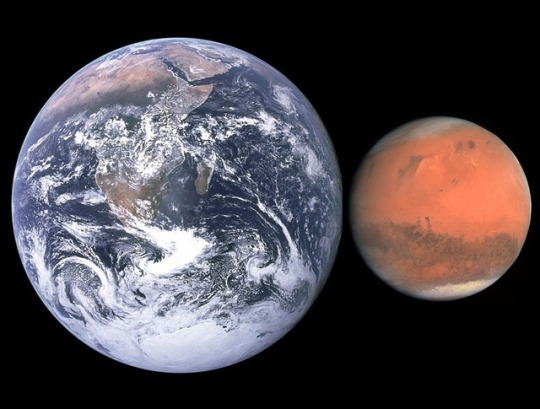
Mars is the fourth planet from the Sun and the second-smallest planet in the Solar System after Mercury.

The bright rust color Mars is known for is due to iron-rich minerals in its regolith — the loose dust and rock covering its surface. The soil of Earth is a kind of regolith, albeit one loaded with organic content. According to NASA, the iron minerals oxidize, or rust, causing the soil to look red.

The rotational period and seasonal cycles of Mars are likewise similar to those of Earth, as is the tilt that produces the seasons. Mars is the site of Olympus Mons, the largest volcano and second-highest known mountain in the Solar System, and of Valles Marineris, one of the largest canyons in the Solar System.
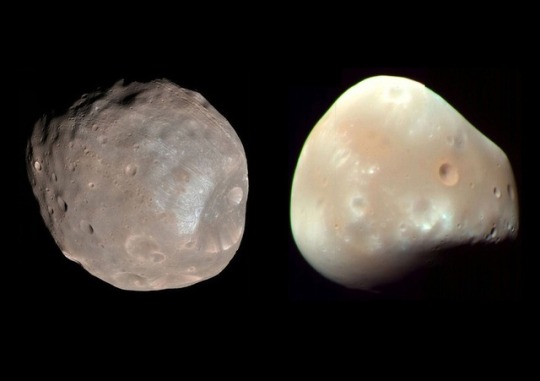
Mars has two moons, Phobos and Deimos, which are small and irregularly shaped. These may be captured asteroids, similar to 5261 Eureka, a Mars trojan.

There are ongoing investigations assessing the past habitability potential of Mars, as well as the possibility of extant life. Future astrobiology missions are planned, including the Mars 2020 and ExoMars rovers. Liquid water cannot exist on the surface of Mars due to low atmospheric pressure, which is less than 1% of the Earth’s, except at the lowest elevations for short periods. The two polar ice caps appear to be made largely of water. The volume of water ice in the south polar ice cap, if melted, would be sufficient to cover the entire planetary surface to a depth of 11 meters (36 ft). In November 2016, NASA reported finding a large amount of underground ice in the Utopia Planitia region of Mars. The volume of water detected has been estimated to be equivalent to the volume of water in Lake Superior.
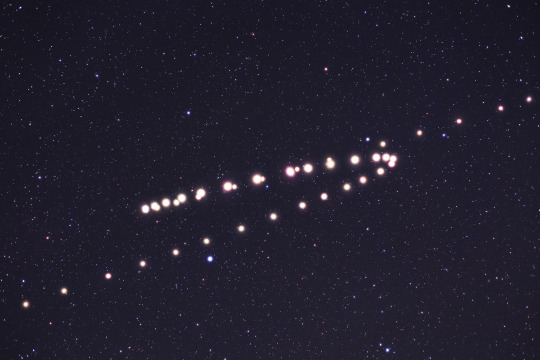
Mars can easily be seen from Earth with the naked eye, as can its reddish coloring. Its apparent magnitude reaches −2.91, which is surpassed only by Jupiter, Venus, the Moon, and the Sun. Optical ground-based telescopes are typically limited to resolving features about 300 kilometers (190 mi) across when Earth and Mars are closest because of Earth’s atmosphere.

Like Earth, Mars has differentiated into a dense metallic core overlaid by less dense materials. Current models of its interior imply a core with a radius of about 1,794 ± 65 kilometers (1,115 ± 40 mi), consisting primarily of iron and nickel with about 16–17% sulfur. This iron(II) sulfide core is thought to be twice as rich in lighter elements as Earth’s. The core is surrounded by a silicate mantle that formed many of the tectonic and volcanic features on the planet, but it appears to be dormant. Besides silicon and oxygen, the most abundant elements in the Martian crust are iron, magnesium, aluminum, calcium, and potassium. The average thickness of the planet’s crust is about 50 km (31 mi), with a maximum thickness of 125 km (78 mi). Earth’s crust averages 40 km (25 mi).

Mars lost its magnetosphere 4 billion years ago, possibly because of numerous asteroid strikes, so the solar wind interacts directly with the Martian ionosphere, lowering the atmospheric density by stripping away atoms from the outer layer. Both Mars Global Surveyor and Mars Expresshave detected ionised atmospheric particles trailing off into space behind Mars, and this atmospheric loss is being studied by the MAVEN orbiter. Compared to Earth, the atmosphere of Mars is quite rarefied.

Mars’s average distance from the Sun is roughly 230 million kilometres (143,000,000 mi), and its orbital period is 687 (Earth) days. The solar day (or sol) on Mars is only slightly longer than an Earth day: 24 hours, 39 minutes, and 35.244 seconds. A Martian year is equal to 1.8809 Earth years, or 1 year, 320 days, and 18.2 hours

Mars is scarred by a number of impact craters: a total of 43,000 craters with a diameter of 5 km (3.1 mi) or greater have been found. The largest confirmed of these is the Hellas impact basin, a light albedo feature clearly visible from Earth. Due to the smaller mass of Mars, the probability of an object colliding with the planet is about half that of Earth. Mars is located closer to the asteroid belt, so it has an increased chance of being struck by materials from that source. Mars is more likely to be struck by short-period comets, i.e., those that lie within the orbit of Jupiter. In spite of this, there are far fewer craters on Mars compared with the Moon, because the atmosphere of Mars provides protection against small meteors and surface modifying processes have erased some craters.
Martian craters can have a morphology that suggests the ground became wet after the meteor impacted.
Source 1
Source 2
images: NASA/JPL-Caltech/Univ. of Arizona , ESA, Tunç Tezel
astronomy facts
2K notes
·
View notes
Text
Solar System: 10 Things to Know This Week
Week of March 5: Great Shots
Inspiring views of our solar system and beyond
1-Mars-By-Numbers

“The first TV image of Mars, hand colored strip-by-strip, from Mariner 4 in 1965. The completed image was framed and presented to JPL director, William H. Pickering. Truly a labor of love for science!” -Kristen Erickson, NASA Science Engagement and Partnerships Director
2-Night Life

“There are so many stories to this image. It is a global image, but relates to an individual in one glance. There are stories on social, economic, population, energy, pollution, human migration, technology meets science, enable global information, etc., that we can all communicate with similar interests under one image.” -Winnie Humberson, NASA Earth Science Outreach Manager
3-Pale Blue Dot
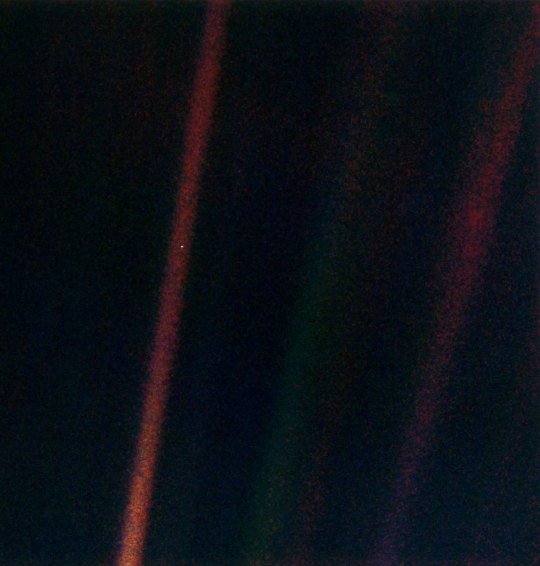
“Whenever I see this picture, I wonder…if another species saw this blue dot what would they say and would they want to discover what goes on there…which is both good and bad. However, it would not make a difference within the eternity of space—we’re so insignificant…in essence just dust in the galactic wind—one day gone forever.”
-Dwayne Brown, NASA Senior Communications Official
4-Grand Central

“I observed the Galactic Center with several X-ray telescopes before Chandra, including the Einstein Observatory and ROSAT. But the Chandra image looks nothing like those earlier images, and it reminded me how complex the universe really is. Also I love the colors.” -Paul Hertz, Director, NASA Astrophysics Division
5-Far Side Photobomb

“This image from the Deep Space Climate Observatory (DSCOVR) satellite captured a unique view of the Moon as it moved in front of the sunlit side of Earth in 2015. It shows a view of the farside of the Moon, which faces the Sun, that is never directly visible to us here on Earth. I found this perspective profoundly moving and only through our satellite views could this have been shared.” -Michael Freilich, Director NASA Earth Science Division
6-”Shocking, Exciting and Wonderful”
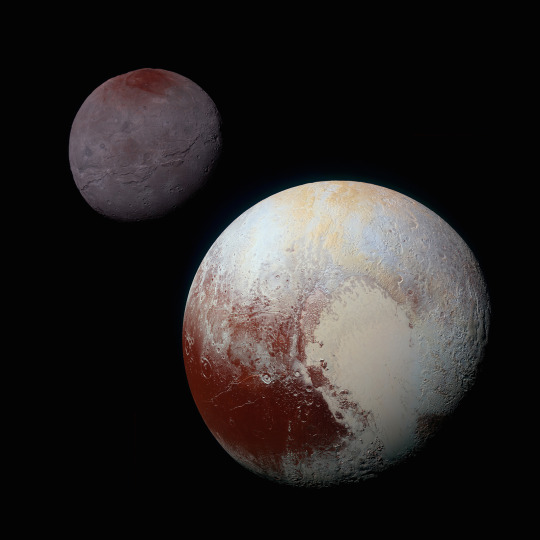
“Pluto was so unlike anything I could imagine based on my knowledge of the Solar System. It showed me how much about the outer solar system we didn’t know. Truly shocking, exciting and wonderful all at the same time.” -Jim Green, Director, NASA Planetary Science Division
7-Slices of the Sun

“This is an awesome image of the Sun through the Solar Dynamic Observatory’s many filters. It is one of my favorites.” - Peg Luce, Director, NASA Heliophysics Division (Acting)
8-Pluto’s Cold, Cold Heart
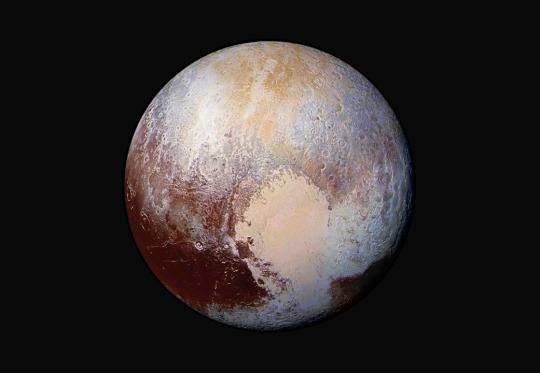
“This high-resolution, false color image of Pluto is my favorite. The New Horizons flyby of Pluto on July 14, 2015 capped humanity’s initial reconnaissance of every major body in the solar system. To think that all of this happened within our lifetime! It’s a reminder of how privileged we are to be alive and working at NASA during this historic era of space exploration.” - Laurie Cantillo, NASA Planetary Science Public Affairs Officer
9-Family Portrait
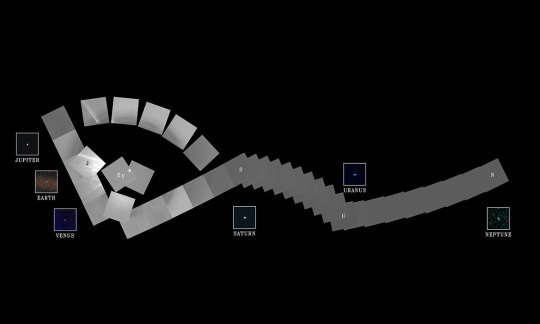
“The Solar System family portrait, because it is a symbol what NASA exploration is really about: Seeing our world in a new and bigger way.” - Thomas H. Zurbuchen, Associate Administrator, NASA Science Mission Directorate
10-Share Your Favorite Space Shots

Tag @NASASolarSystem on your favorite social media platform with a link to your favorite image and few words about why it makes your heart thump.
Check out the full version of this article HERE.
Make sure to follow us on Tumblr for your regular dose of space: http://nasa.tumblr.com.
3K notes
·
View notes
Photo
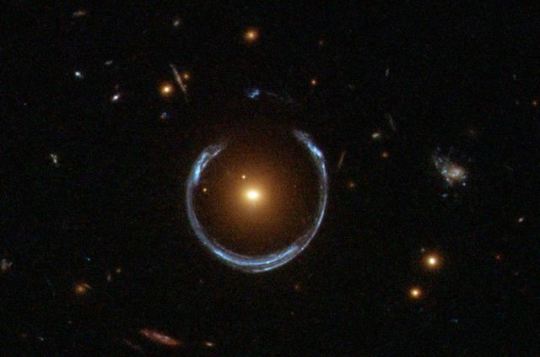
An Einstein Ringor gravitational lensing at work: the blue galaxy is behind the yellow galaxy but we can see it because the light from the far galaxy gets wrapped around by the closer galaxy. Photo NASA/Hubble
js
2K notes
·
View notes
Text
Isn’t it weird how you can actually feel the pain in your chest and stomach when something really hurts your feelings
978K notes
·
View notes
Text
We should teach astronauts how to do magic tricks so if they ever meet aliens they won’t mess with us because they’ll think we’re all wizards.
7K notes
·
View notes


